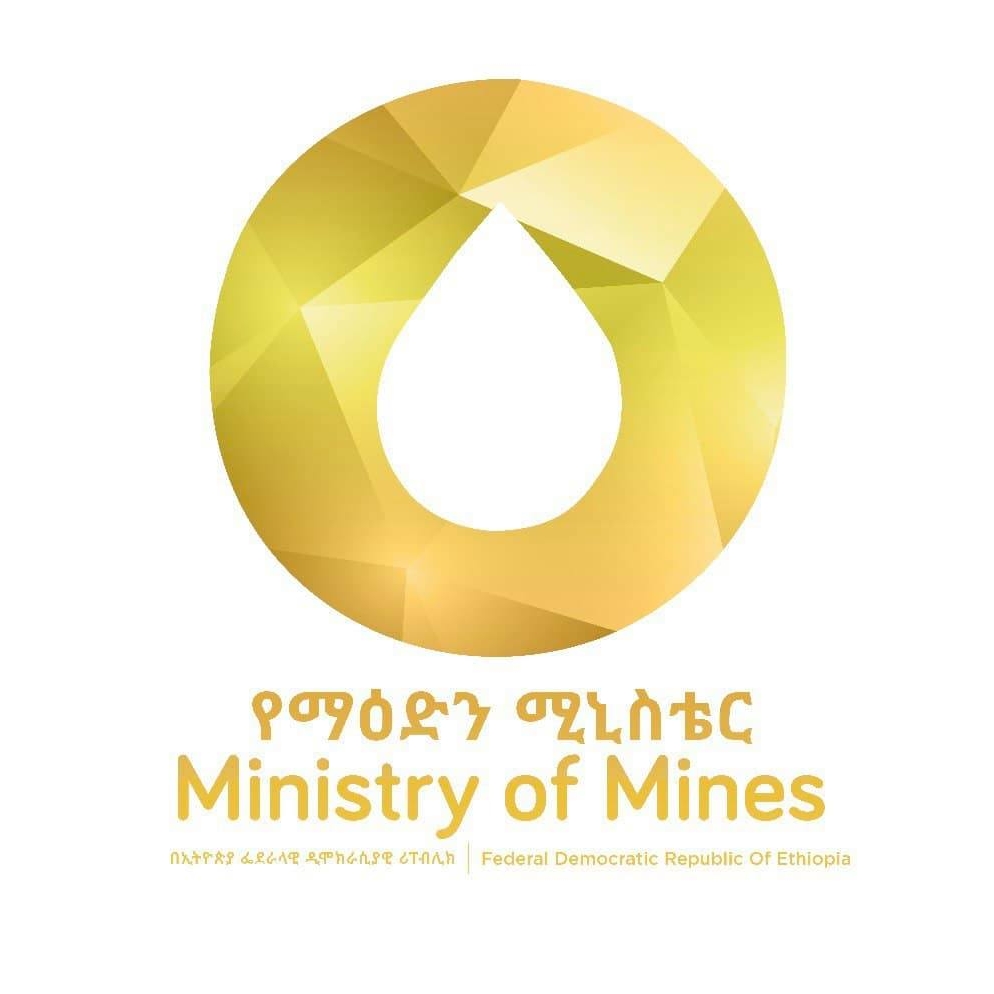The Extractive Industries Transparency Initiative was launched in London in 2003 to promote good governance in resource-rich countries, and to reduce the risk of the misappropriation of the funds generated by the development of a country’s extractive industries. It is made up of a coalition of governments, private companies and civil society organizations.
Ethiopia committed to the EITI initially in February 2009. An interim multi-stakeholder group, the EEITI National Steering Committee (ENSC), was formed in a few months later in July 2009. After EITI Board’s decision on Ethiopia’s 2009 EITI Candidature application was deferred several times, the Government restructured the ENSC and re-applied in October 2013. The country was accepted as an EITI Candidate in March 2014 at the EITI Board’s meeting in Oslo.
Ethiopia’s Validation process began in April 2018. In February 2019, at the conclusion of this process, the EITI Board decided that Ethiopia had indeed made meaningful progress overall in implementing the EITI Standard.
Being an EITI implementing country in good standing means that the country has been assessed to have made meaningful progress towards transparency by the EITI. This commitment to good governance and transparency is a source of encouragement for investors that a country’s natural resources are being well governed.
While there was still work to be done before Ethiopia can be classified as being in full compliance with the EITI, the Board congratulated the Government of Ethiopia on the progress made in improving transparency and accountability in the extractive industries, and noted that Ethiopia’s EITI implementation has targeted issues of national importance, such as artisanal and small-scale mining, social expenditures and mining licensing by different tiers of government.
The E-EITI has been doing outstanding work since then, as the various reports on E-EITI activities available on this page demonstrate. Some highlights are summarized below.
ASM Study Report
The E-EITI produced a comprehensive 2016 study on artisanal mining in Ethiopia. Key findings include:
- Artisanal mining contributes about 65% of Ethiopia’s foreign exchange earnings
- It directly employs around 1.26 million people
- It is a source of livelihood for a further 7.5 million people.
- Those who engage in artisanal mining are highly dependent on that income stream, with an estimate 74% of their livelihoods coming from mining.
- Around 94% of active artisanal miners are unlicensed. Relatedly, only around 20% of the royalties owed by artisanal miners is actually collected.
- The volume of mineral marketed through formal (legal) channels is only 39% of the total production, with the remaining 61% flowing through illegal channels.
- Artisanal miners tend to be at the peak productive age of 18-45 years old
- The majority of Artisanal miners are men. The E-EITI found that women (as well as children and the elderly) are participating less and less in the sector, due to surface mining becoming increasingly untenable as placer gold in Ethiopia has been almost entirely depleted. This means that Artisanal mining increasingly requires digging or tunneling, activities that are dominated by men.
Interventions on Gender
The SUMM (Supporting the Ministry of Mines) Ethiopia Project has been involved since 2017 in Ethiopia’s measures to tackle gender inequality in mining broadly and more recently in Artisanal mining in particular.
A Gender Equality Working Group (GEWG) has been established to help improve gender equality in Ethiopia’s mining community. The main focus of the working group is on integrating gender concerns and opportunities into all relevant policies, legislations, strategies, program designs, plans and budgets coming out of the MoMP.
It is currently actively engaged in (1) reviewing and analyzing Ethiopia’s existing policies, legislations, regulations, plans and budgets from gender perspective and (2) enhancing the gender competence of human resources to ensure that gender principles, values, norms and practices are adopted into the MoMP’s organizational culture. This will include reforms and advances made in relation to the ASM sector.
SUMM and the E-EITI are working together to help with this work. Specifically, they will try to:
- Improve the EITI’s data collection methods to ensure the gender-disaggregation and help with gender analysis
- Ensure women can meaningfully participate in stakeholder engagements related to the EITI reporting process
- Ensure gender is adequately incorporated in EITI reports
- Improve the gender competence of the MoMP, so they can effectively address gender concerns, impacts and opportunities in policy and law
- Ensure women and vulnerable groups are also beneficiaries of EITI knowledge dissemination, sensitization, and related initiatives;
- Promote women’s employment in the sector
- Develop gender capacity and provide guidance materials to companies, ASM cooperatives and relevant government officers on how to design, implement and evaluate inclusive, gender-responsive consultation/ engagement processes.
Charities and Civil Societies (CHSO) Governance Manual
Charities and Civil Societies are recognized both in Ethiopia’s constitution and in Proclamations it has issued since then. The EITI, like the Ethiopian government places a high value Charities and Societies, which are crucially important stakeholders. As such, the E-EITI has produced a governance manual for Ethiopian Charities and Societies (CHSO) to help them participate more effectively and fully in Ethiopia’s mining sector. More specifically, the manual contains recommendations for the following:
- How charities or societies constitute their internal governance structure, rules and procedures.
- How they designate responsibilities and obligations with respect to how they engage productively with the E-EITI.
- The election process and procedures they adopt.
- How they define regular meeting dates and quorum for meetings.
- The role of observers with respect to their decision-making and the overall conduct.
- How to set up a code of outline a code of conduct to regulate behaviors of the representatives.
